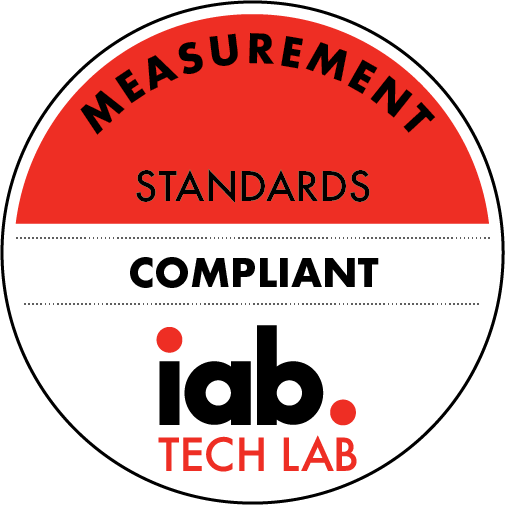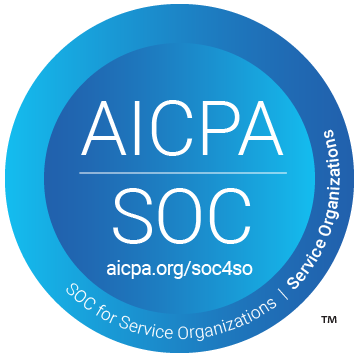Sending Yeast to the Moon With Jessica Lee
Description
Dr. Jessica Lee, scientist for the Space Biosciences Research Branch at NASA’s AIMS Research Center in Silicon Valley uses both wet-lab experimentation and computational modeling to understand what microbes really experience when they come to space with humans. She discusses space microbiology, food safety and microbial food production in space and the impacts of microgravity and extreme radiation when sending Saccharomyces cerevisiae to the moon.
Ashley's Biggest Takeaways Lee applied for her job at NASA in 2020. Prior to her current position, she completed 2 postdocs and spent time researching how microbes respond to stress at a population level and understanding diversity in microbial populations. She has a background in microbial ecology, evolution and bioinformatics. Model organisms are favored for space research because they reduce risk, maximize the science return and organisms that are well understood are more easily funded. Unsurprisingly, most space research does not actually take place in space, because it is difficult to experiment in space. Which means space conditions must be replicated on Earth. This may be accomplished using creative experimental designs in the wet-lab, as well as using computational modeling. Links for the Episode: Out of This World: Microbes in Space. Register for ASM Microbe 2023. Add “The Math of Microbes: Computational and Mathematical Modeling of Microbial Systems,” to your ASM Microbe agenda. Let us know what you thought about this episode by tweeting at us @ASMicrobiology or leaving a comment on facebook.com/asmfan.
More Episodes
ASM's Young Ambassador, Aureliana Chambal, discusses the high incidence of tuberculosis in Mozambique and how improved surveillance can help block disease transmission in low resource settings.
Ashley's Biggest Takeaways: Mozambique is severely impacted by the TB epidemic, with one of the...
Published 03/09/24
Published 03/09/24
The scientific process has the power to deliver a better world and may be the most monumental human achievement. But when it is unethically performed or miscommunicated, it can cause confusion and division. Drs. Fang and Casadevall discuss what is good science, what is bad science and how to make...
Published 01/26/24


